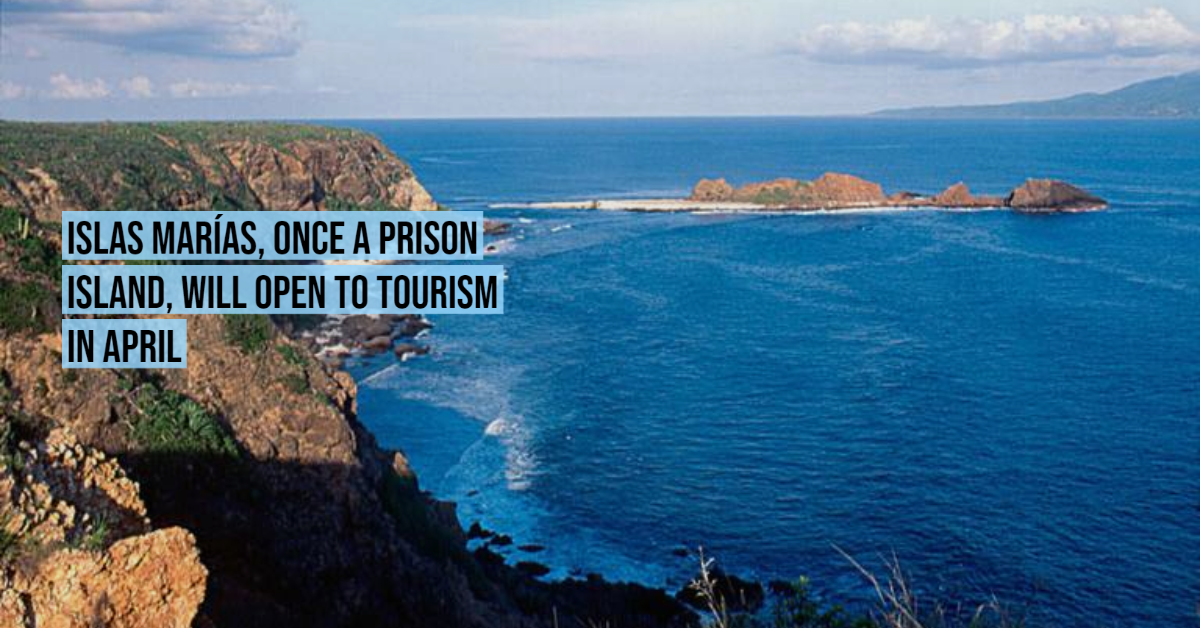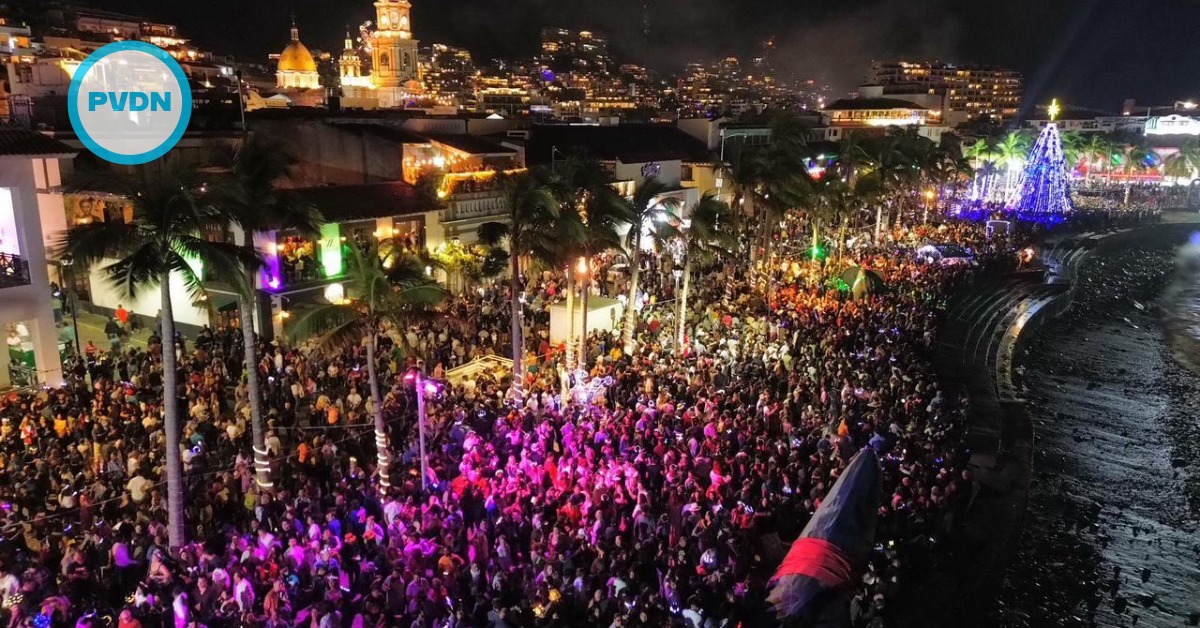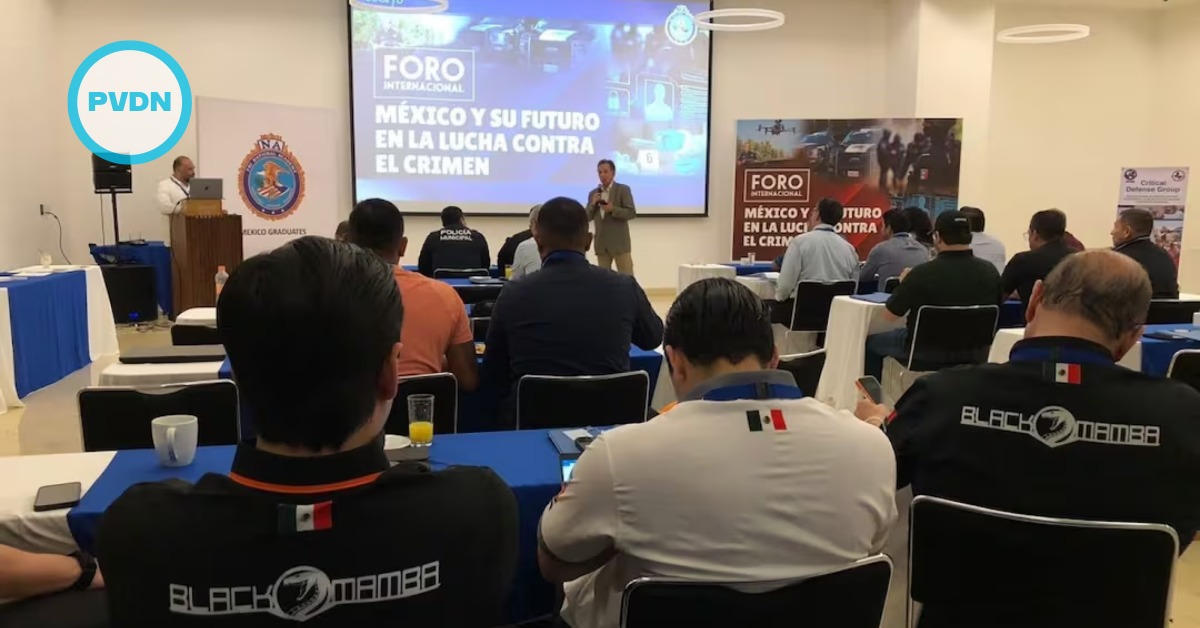After a year delay in opening, the Marías Islands, off the coast of Nayarit, confirmed the opening to tourism in April of this year.
The Environmental and Cultural Education Center "Muros de Agua - José Revueltas", as this island once served as a prison from 1905 to 2019, and as of March 8, 2019, thanks to a presidential decree, it ceased to be part of the Federal System, thus initiating the cultural and environmental transformation of this space.
The Comprehensive Project Islas Marías in a statement explained that it is made up of three . . .







